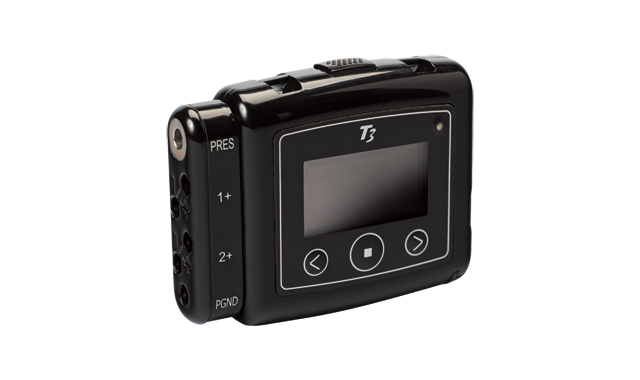I Use That: Nox T3 portable sleep monitor
Why one doctor prefers recommending this home monitoring system to detect airway and sleep issues.

More and more, dentists are becoming the first line of defense for patients with sleep problems, and a new portable device from Whip Mix is helping doctors identify issues.
Dr. Andrew Cobb, DDS, is a general dentist in Washington, D.C., and director of core curriculum at The Dawson Academy. He says that the Nox T3 device makes spotting sleep problems easier than ever.
“We have our own protocol for the things that we do and check for when we do a complete comprehensive patient exam,” Dr. Cobb says. “A couple other things that we check for, besides bacterial stuff, functional and esthetic things, is we also do a screening for the airway. There are a couple of issues that we check as we do our exam, and if it comes out that you have some red flags, and if it seems like there could be an airway issue, then we generally refer the patient to their primary care physician and go through the sleep airway evaluation and get a polysomnogram.”
Trending article: 6 emerging technologies that will change dentistry forever
But Dr. Cobb says that isn’t always the ideal way to proceed. The Nox T3 ameliorates some of the issues.
“Not everybody wants to do that,” he says. “So, it’s super helpful for those patients if you can do the home monitor without them having to go through that whole network (back to their primary care physician and do a polysomnogram). It’s more expensive, they have to go to a center, and so forth. With this, you can show them in five minutes how to use it in your office; they take it home, they sleep and they bring it back to you.
“The advantage to this is that we get to uplink it. We get a sleep doctor to look at it, then we get a report back and the diagnosis, much like I get from a radiologist. And if it ends up that everything is okay, wonderful, we’ve screened for it, and now we can continue with the dental stuff. If it ends up that there is a sleep issue, we can then forward it to their medical team and they can take it from there.”
Dr. Cobb says he was attracted to the comprehensive amount of data that the Nox T3 collects.
“It checks for a lot of the major things that we’re looking for,” he says. “It’s not just a pulse oximeter. It checks for some of the top eight things that you’re looking for, and then also, for us, it has that lead to the masseter, so you can also monitor clenching or bruxing. It’s easy to use and easy to teach patients how to use.”
Once the data has been recorded, the information is transmitted to Whip Mix, who then sends it to a certified sleep specialist for analysis.
“It’s very easy then to uplink this and get the report back by certified sleep doctors, because we can’t make a diagnosis,” Dr. Cobb says. “They have their own team, so it’s super simple. When the device comes back, we download it onto the computer. I can certainly look at the information and, intellectually, I’m curious about it. But it’s just an uplink to them and they have their sleep doctors look at it, and a few days later you get a report back.”
While dentists can’t diagnose sleep problems, they tend to be the first ones to notice such issues.
“I wasn’t originally interested in doing a lot of home monitoring myself,” Dr. Cobb observes. “But as airway and airway obstruction become a much more common thing that we have to check with our patients, once you start looking for it, you’re going to find a lot of patients who may have an issue.”
More from the author: 10 easy ways to get CE credit
Dr. Cobb believes that screening for sleep issues is going to become a more integral part of examinations, meaning doctors will need the right tools.
“This is something that you have to start screening for,” Dr. Cobb says. “I think it’s going to be part of your complete examination. What I’ve found is the minute you start looking, you’re going to find patients that have a potential issue, and you’ll be faced with the same decision: Where do you go from there? This isn’t, necessarily, about turning all of our practices into sleep dentistry, although if that’s where somebody wants to go, I think there’s certainly an avenue for that. It’s our responsibility to be able to screen, and this is just a very nice screening tool that we can do in our office, especially for those patients that we’re just not quite sure of.”